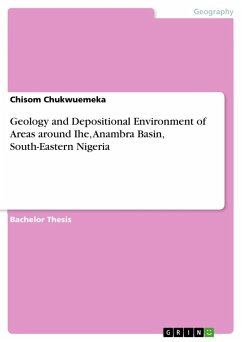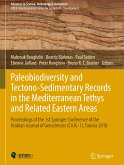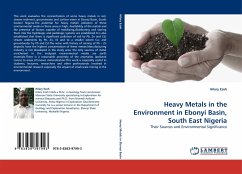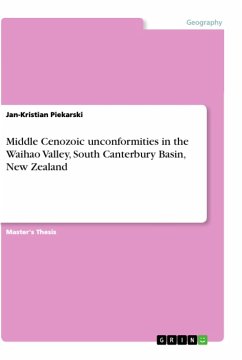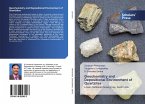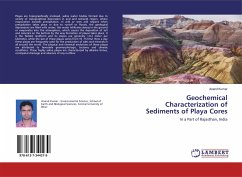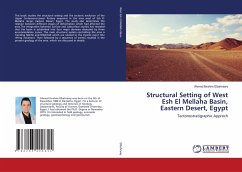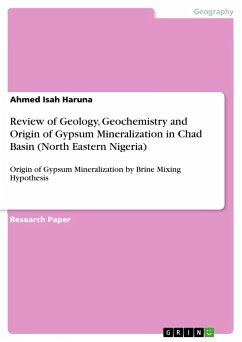Bachelor Thesis from the year 2022 in the subject Geography / Earth Science - Geology, Mineralogy, Soil Science, grade: 4.06, University of Nigeria, course: Geology, language: English, abstract: The study covers the areas around Ihe, a town in Awgu southeastern Nigeria. It lies within the Anambra Basin and is underlain by the Nkporo Group and Mamu Formation. Geologic field mapping involved outcrop description and lithofacies analysis. Laboratory studies include sieve analysis, paleocurrent analysis and pebble morphometry. These studies were carried out in order to interpret the paleodepositional environment of the rocks mapped. The lithofacies mapped consist of six lithofacies which include; Cross bedded sandstone facies, Shale facies, Structureless (massive) sandstone facies, Parallel laminated sandstone facies, bioturbated sandstone facies, and Ironstone facies. These lithofacies represents three facies association; FA1 ¿ marine deposits, FA2 ¿ shoreface deposits and FA3 ¿ mouth bar deposits. This implies that the sediments were deposited within the marginal marine, shallow marine and marine environment respectively. The results from sieve analysis indicates that the sandstones are medium - coarse grained and poorly moderately sorted. Derivations from multivariate and bivariate sieve results depicts a fluvial setting. The pebble morphometry result also implies a fluvial setting. The paleocurrent analysis showed a unimodal pattern with provenance in the NW, possibly the western and northcentral basement complex area. A mean vector azimuth of 79.6o and a variance of 758.635o signified low sinuosity fluvial setting and southeasterly paleoflow direction. The integration of the results gotten from the various analysis interprets the paleodepositional environment of Ihe and environs to be a fluvial dominated marginal marine environment.
Hinweis: Dieser Artikel kann nur an eine deutsche Lieferadresse ausgeliefert werden.
Hinweis: Dieser Artikel kann nur an eine deutsche Lieferadresse ausgeliefert werden.

